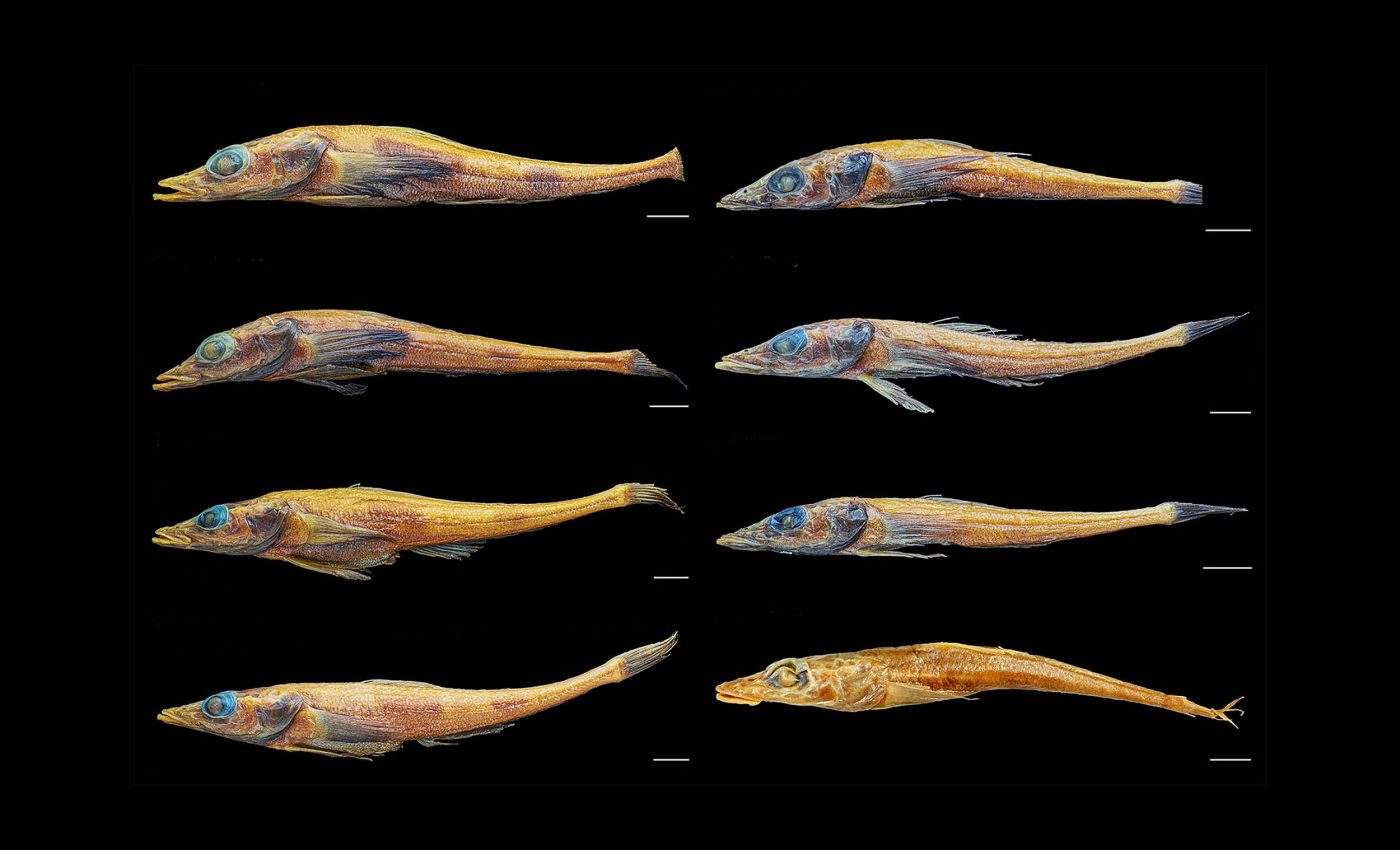
New dragonfish species discovered in Antarctica has survived in isolation for 780,000 years
A new species of dragonfish has surfaced from the chilly waters off the western Antarctic Peninsula, and it has a story that spans nearly a million winters.
Researchers report that Akarotaxis gouldae (nicknamed the banded dragonfish) branched off from its nearest cousin some 780,000 years ago, surviving cycles of advancing and retreating ice in near‑total isolation, according to Andrew Corso of the Virginia Institute of Marine Science (VIMS).
Tracing the dragonfish family tree
Genetic work showed that A. gouldae separated from A. nudiceps after glaciers sealed much of the Southern Ocean, leaving a pocket of fish marooned in deep trenches.
“There are two distinct bands on the sides of adult A. gouldae that are not present on A. nudiceps,” said Corso, adding that the specimens had sat unrecognized in museum jars for decades.
Time‑calibrated phylogeny, a technique that treats DNA mutations as a molecular clock, supports the 780,000‑year split and hints that the ancestors of today’s banded dragonfish rode out the ice age beneath moving glaciers before re‑emerging when the ice pulled back.
The banded dragonfish joins the family Bathydraconidae, a group famed for its sparse sampling and for species that often turn up only as larval traces in plankton nets.
Importance of museum collections
Old jars, dusty shelves, and handwritten labels might not seem exciting, but they’ve become critical to discovering overlooked species like Akarotaxis gouldae.
The adult fish had been sitting in museum ichthyology collections for years, misidentified as their more common relatives.

By cross-checking DNA samples with these physical specimens, scientists were able to link the genetic evidence to real-world morphology. Without access to these archives, the banded dragonfish might still be hiding in plain sight.
Dragonfish species in isolation
Living cut off for hundreds of thousands of years forces species to adapt in unique ways. In the case of Akarotaxis gouldae, the isolation beneath glaciers may have shaped not only its body but also its behaviors and genetic resilience.
Studying species like this helps scientists understand how evolution works over long timescales when environments are extreme and gene flow is limited. It also gives clues about how animals might respond to rapid environmental changes happening today.
To persist in water that hovers around 28 °F, notothenioid fishes such as A. gouldae make antifreeze glycoproteins, tiny molecules that latch onto ice crystals and halt their growth.
Adults likely spend most of the year hundreds of feet down, yet come inshore to guard nests, a behavior documented in related dragonfishes, while their larvae drift near the surface, where food is richer but fishing gear lurks.
Dissections reveal ovaries holding surprisingly few eggs, suggesting a slow‑growing population that cannot quickly rebound from losses.
Why the peninsula matters
All confirmed records of A. gouldae fall inside a roughly 250‑mile swath along the western Antarctic Peninsula, giving the fish one of the narrowest ranges of any Antarctic vertebrate.
That strip is also among the fastest‑warming places south of the equator; Esperanza Station logged an air temperature of 64.9 °F in 2020, part of a trend of record heat events that are increasing in frequency.
As the water warms and sea ice shrinks, prey dynamics shift. A 25‑year survey shows that larvae of Antarctic silverfish, an important forage species for penguins and seals, drop sharply when sea ice duration falls.
Krill nets and collateral damage
Commercial vessels net krill throughout the Peninsula in mid‑water trawls that work from the surface to about 820 ft, directly overlapping the depths where larval dragonfish ride the currents.
“This limited range combined with their low reproductive capacity and the presence of early life stages in shallower waters suggests that this is a vulnerable species that could be impacted by the krill fishery,” said Corso.
Observers note that juvenile finfish bycatch is poorly documented; a few hundred missed larvae could erase a year‑class of banded dragonfish before scientists even know it existed.
Honoring a ship’s legacy
The species honors the research vessel Laurence M. Gould, retired in 2024 after decades ferrying scientists through treacherous seas. Its departure leaves only one U.S. supply ship to cover a coastline the size of the continental United States.
Penguin colonies already illustrate what slips through gaps in monitoring: satellite and drone surveys reveal that many chinstrap penguin rookeries around the Peninsula have fallen by more than 50 % since the 1980s.
Corso and colleagues hope the banded dragonfish will become a flagship for hidden Antarctic biodiversity, spurring tighter catch limits and fresh investment in field campaigns before climate and commerce push the deep‑sea relic past a tipping point.
The full study is published in Zootaxa.
—–
Like what you read? Subscribe to our newsletter for engaging articles, exclusive content, and the latest updates.
Check us out on EarthSnap, a free app brought to you by Eric Ralls and Earth.com.
—–













